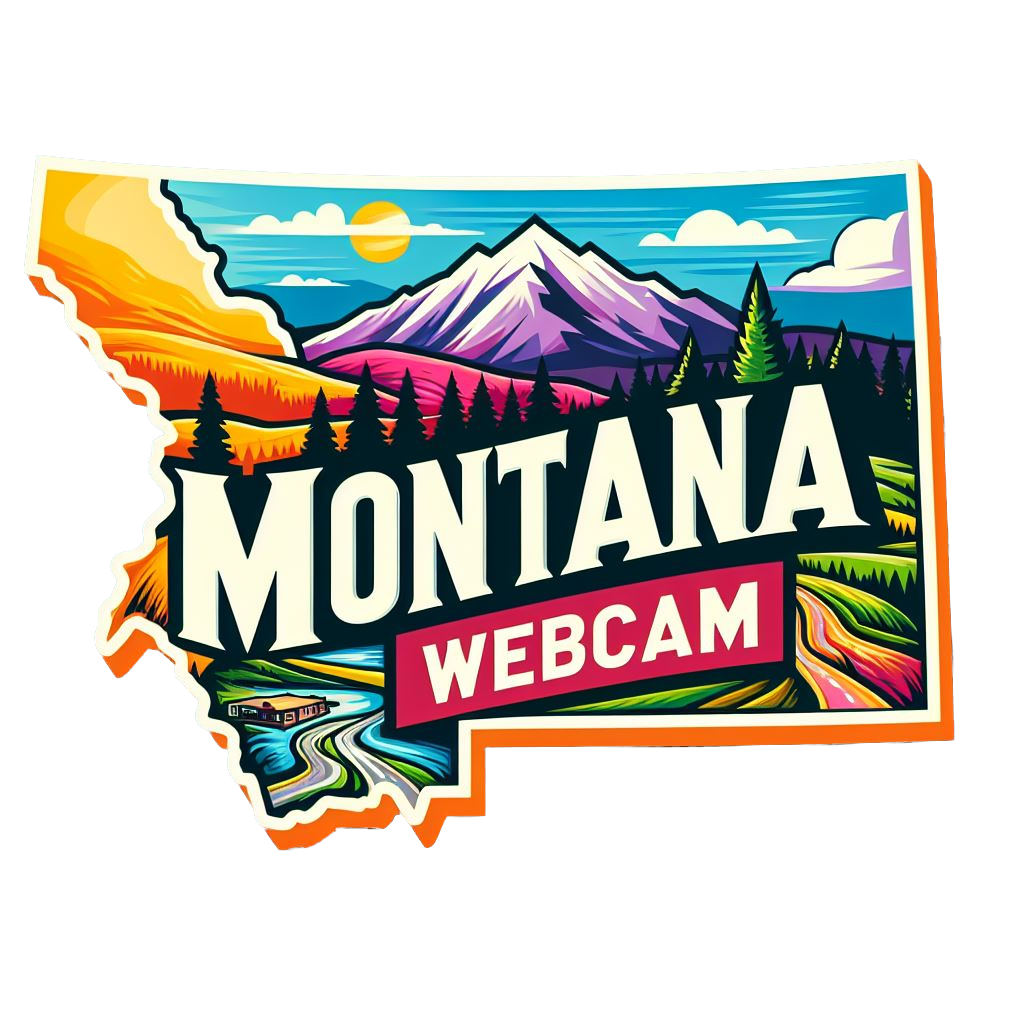Harlem, MT Weather Cams
Harlem Airport Weather Cams
Harlem, Montana: From Railroad Stop to Resilient Rural Community
Harlem, MT Weather Cams. Nestled in the vast expanses of Montana’s Hi-Line region, the small town of Harlem stands as a testament to the enduring spirit of rural America. From its humble beginnings as a railroad stop to its current status as a close-knit community, Harlem’s history is intertwined with the broader narrative of westward expansion, agricultural development, and cultural diversity in the American West.
The story of Harlem begins in the late 19th century when the Great Northern Railway pushed its tracks westward across the northern United States. In 1889, the railway established a station at the present-day site of Harlem, naming it after the famous New York City neighborhood. This decision was part of a broader trend of railway companies naming Western stops after Eastern locations to attract settlers and investors.
The town’s official founding date is often cited as 1892, coinciding with the establishment of a post office. Early settlers, drawn by the promise of free or cheap land under various homestead acts, began to populate the area. Many were of European descent, including Scandinavian, German, and Irish immigrants seeking new opportunities in the American frontier.
Harlem’s early years were characterized by the challenges typical of frontier settlements. The harsh Montana climate, with its bitterly cold winters and hot, dry summers, tested the resolve of the town’s pioneers. Despite these obstacles, the community grew steadily, buoyed by the railway’s presence and the increasing agricultural activity in the surrounding prairies.
The turn of the 20th century brought significant changes to Harlem and the surrounding region. In 1904, the Fort Belknap Indian Reservation was established to the south of Harlem, bringing the town into close contact with Native American communities, particularly the Gros Ventre and Assiniboine tribes. This proximity would shape Harlem’s cultural landscape for generations to come.
Agriculture emerged as the backbone of Harlem’s economy in the early 1900s. Wheat farming dominated, with the vast, flat lands of Blaine County proving ideal for large-scale grain production. The introduction of irrigation projects, including the Milk River Project initiated in 1903, helped to stabilize crop yields in the often-arid region.
Harlem experienced a period of growth and prosperity in the 1910s and 1920s. The town’s population increased, and new businesses sprang up along its main street. Schools, churches, and community organizations were established, fostering a sense of permanence and civic pride. The Harlem News, the local newspaper, began publication in 1914, serving as a vital source of information and community connection.
However, like many rural communities across America, Harlem faced significant challenges during the Great Depression of the 1930s. Drought conditions exacerbated economic hardships, leading to crop failures and financial strain for many farmers. Despite these difficulties, the town’s residents demonstrated remarkable resilience, supporting one another through cooperative efforts and community initiatives.
World War II brought both challenges and opportunities to Harlem. Many of the town’s young men enlisted in the armed forces, while those who remained behind contributed to the war effort through increased agricultural production. The post-war years saw a period of relative prosperity, with modernization efforts and infrastructure improvements enhancing the quality of life for Harlem’s residents.
The latter half of the 20th century presented new challenges for Harlem and similar rural communities across the Great Plains. Technological advancements in agriculture led to increased productivity but also resulted in a decline in farm-related employment. This trend, combined with the allure of urban areas, contributed to a gradual population decline that continues to the present day.
Despite these demographic shifts, Harlem has maintained its identity as a close-knit community with a rich cultural heritage. The town’s proximity to the Fort Belknap Reservation has fostered a unique blend of cultures, with Native American influences evident in local art, events, and community life. The annual Milk River Indian Days celebration, held in nearby Fort Belknap Agency, draws visitors from across the region and serves as a testament to the area’s diverse cultural tapestry.
Education has remained a priority for Harlem throughout its history. The Harlem Public Schools system, which serves both the town and surrounding rural areas, has played a crucial role in maintaining community cohesion and providing opportunities for local youth. The district’s efforts to incorporate culturally relevant education, particularly for Native American students, have been recognized as a model for rural schools in diverse communities.
In recent decades, Harlem has faced the economic challenges common to many rural American towns. The consolidation of agricultural operations and the decline of small family farms have impacted the local economy. However, the community has shown remarkable adaptability, exploring new economic opportunities and leveraging its cultural and natural resources.
Tourism has emerged as a potential growth area, with Harlem’s location near the Fort Belknap Reservation and its proximity to outdoor recreation areas attracting visitors interested in Native American culture and Montana’s natural beauty. The town has also sought to diversify its economy, encouraging small businesses and exploring opportunities in renewable energy development.
As Harlem moves into the 21st century, it faces both challenges and opportunities. The town continues to grapple with issues such as maintaining essential services, attracting new residents and businesses, and providing opportunities for its youth. However, the strong sense of community and the resilience that has characterized Harlem throughout its history remain evident.
Today, Harlem stands as a living testament to the enduring spirit of rural America. Its history reflects the broader narrative of the American West – a story of pioneering spirit, cultural exchange, agricultural heritage, and adaptation to changing times. As it looks to the future, Harlem draws strength from its diverse cultural roots and the determined spirit of its residents, continuing to write new chapters in its rich and evolving story.
For more information, visit the official Harlem, MT website.
